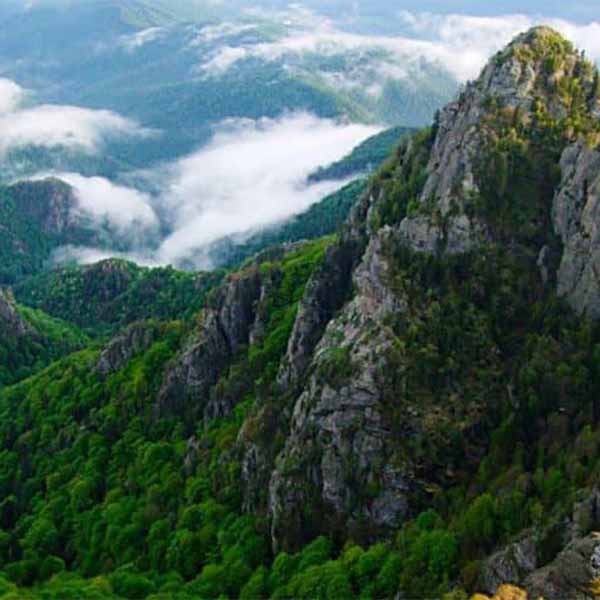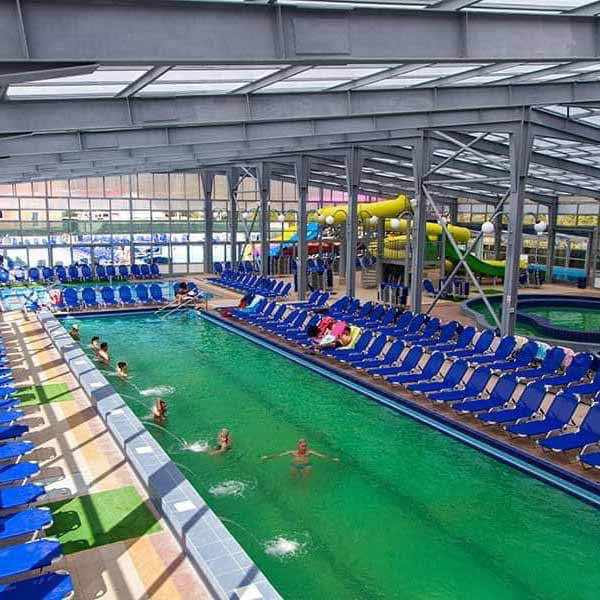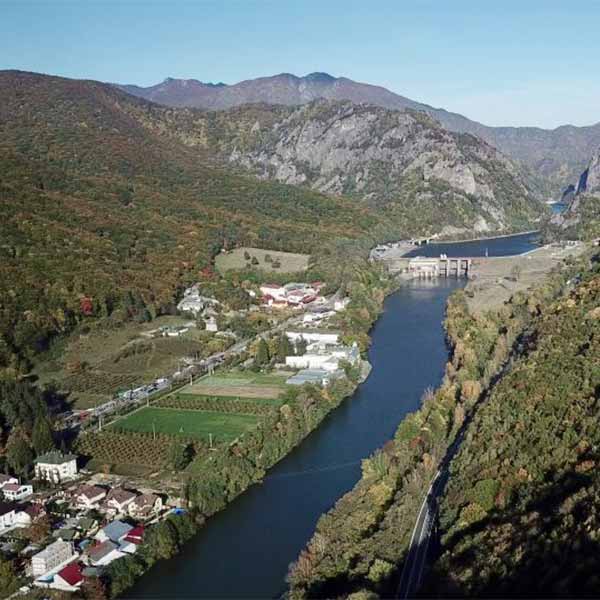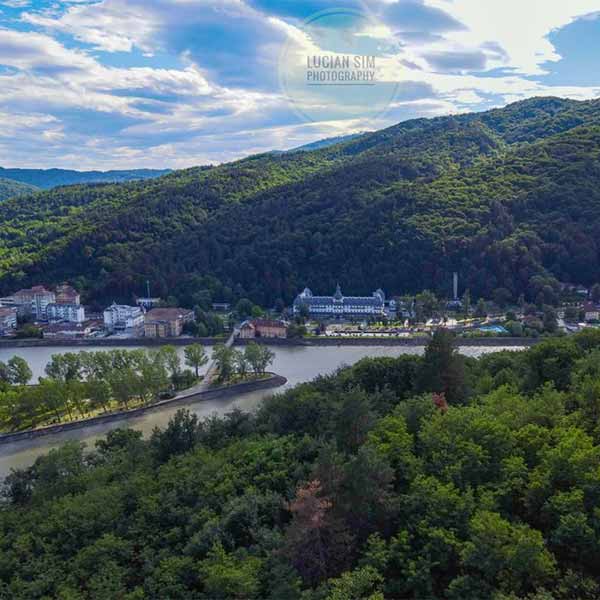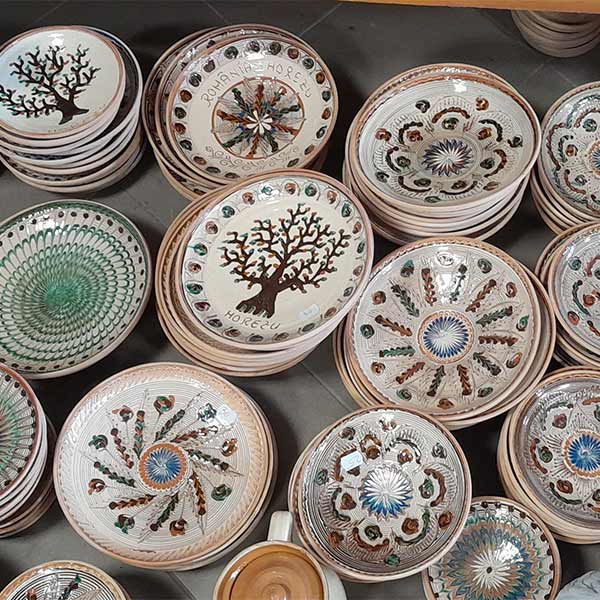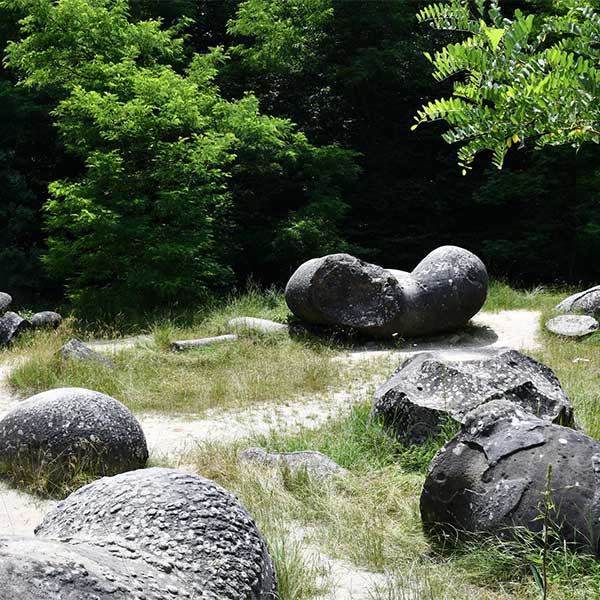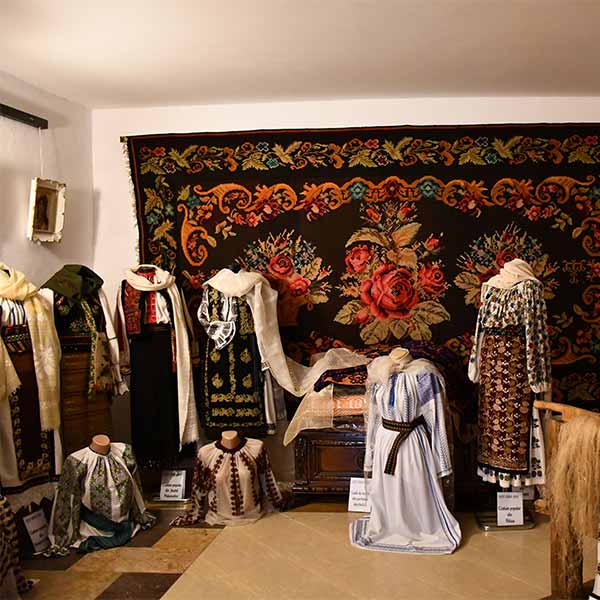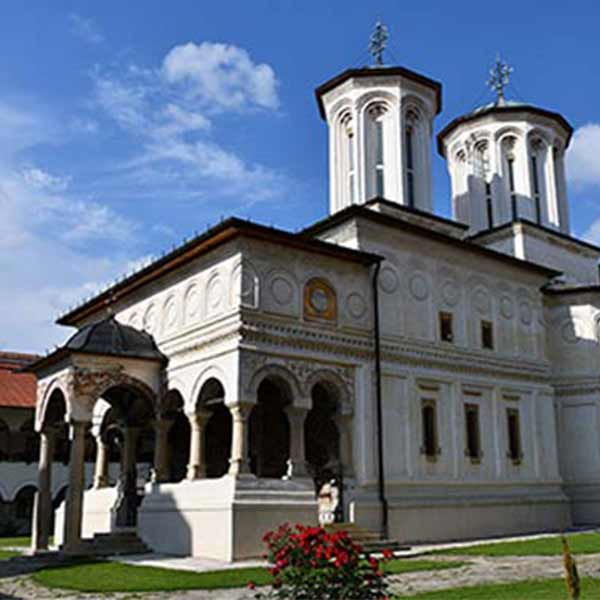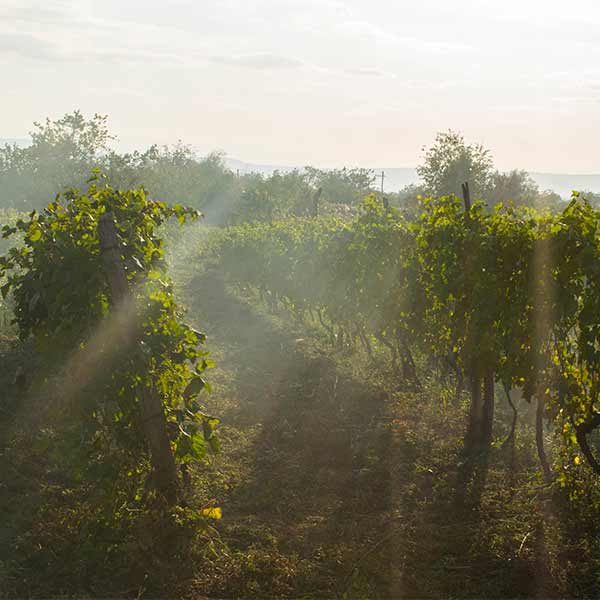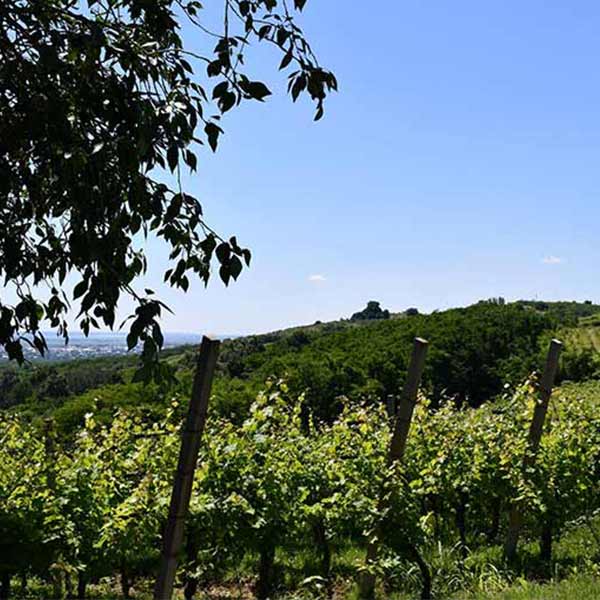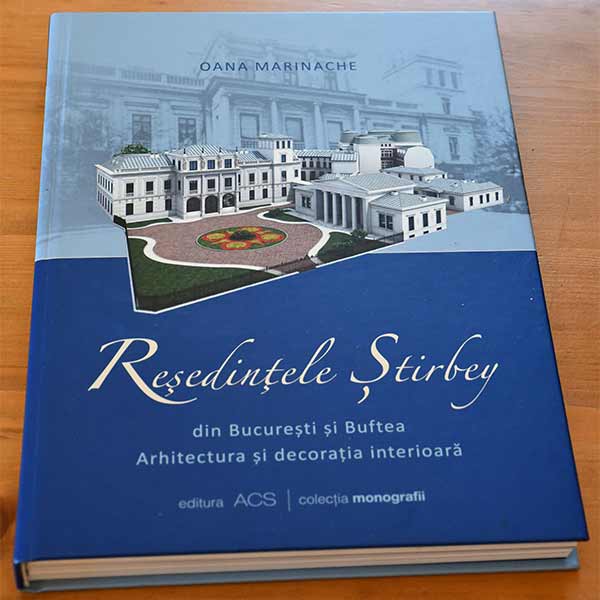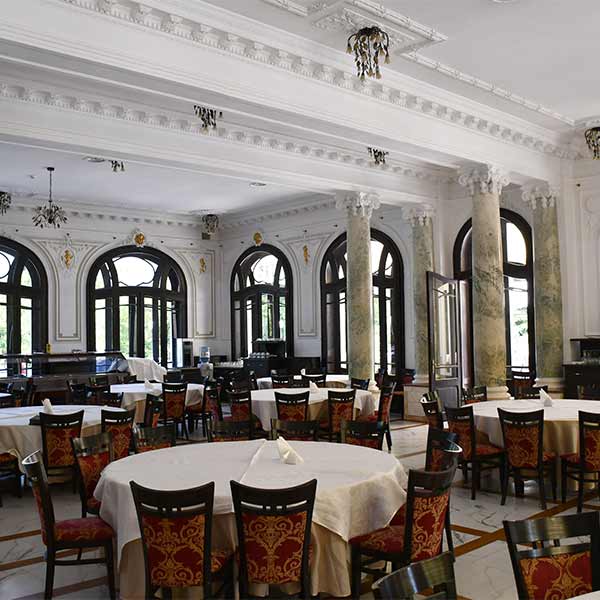
History and geography
History of Râmnicu Vâlcea
The first documentary mention dates from 20 May 1388, when Mircea the Elder confirmed to the Cozia monastery the possession in Râmnic of a mill, donated by Dan I, and a vineyard, which had been donated by the jupanul Budu, with the will of Radu I. The first attestation as a city is from 4 September 1389, when Mircea the Elder mentioned in a hrisov that it was located in “the city of the reign…called Râmnic”.
In the centre of the town, there are the ruins of the court of Mircea the Elder, the living material presence of the great prince in this settlement; here he signed the document of attestation of the county of Valcea on 8 January 1392, being the first county to be documented. Today, only the walls surrounding the central park, named Mircea cel Bătrân in honour of the prince, can still be seen from the old and great fortress.
“Jupan Ștefin county” is the first ruler of Râmnic mentioned in documents, from whom the first seal of the town was preserved.
The town’s seal dates back to 1505 and, according to historian A. Sacerdoțeanu, “one of the oldest town seals in Wallachia”.
The fact that Râmnicu Vâlcea was a city of the lords is also evident from a document of the ruler of the first union of the Romanian provinces, Mihai Viteazul, who named the city thus: “the city of my reign in Râmnic”.
Likewise, Matei Basarab mentioned that I went to the preumbration over Olt at the city of my reign at Râmnic. During his reign in 1643, the first paper mill (factory) was built on the mill pond (drained in the late 1970s) by the Rudeni nobles.
In Râmnicu Vâlcea, in 1705 Antim Ivireanul, one of the best printers of the time, was ordained bishop with the advice and will of the too enlightened and learned Mr Constantin Brâncoveanu. Following this appointment, in the 18th century a rich cultural activity took place in Râmnic, thanks to the scholar Antim Ivireanul, who established here a printing house where several works in Romanian were printed. The first books printed were Tomulul bucuriei and Antologhion.
The historian Nicolae Iorga called Râmnic the capital of printing, and a chapter of his work “Old Romanian Literature” is called “The Age of Chesarie of Râmnic”.
Further editions were published: “Gramatica slavonească” (1755), “Trâmbița românească” (1769), the cycle “Mineelor” (1776 -1780), the first edition of “Observații sau băgări de seamăiras asupra regulelor și orânduelelor gramaticii românești” by Ienăchiță Văcărescu (1787) and many others.
Geography
The municipality of Râmnicu Vâlcea lies on the right side of the Olt River, in the north-eastern part of Oltenia. It lies at an altitude of 240-260 m. It is surrounded by the following localities: to the east by the communes of Budești and Blidari, to the north by the communes of Bujoreni and Dăești, to the west by the commune of Vlădești and the town of Ocnele Mari, and to the south by the town of Băbeni. Its geographical position also determines the temperature, which is almost always warm, the climate being temperate continental.
The town is situated on the famous 45th parallel (45º06’N), halfway between the Equator and the North Pole. On the same latitude are, among others: Grenoble (France), Bordeaux (France), Turin (Italy), Gulf of Venice (Italy), Belgrade (Serbia), Ploiesti (Romania), Simferopol, Crimean Peninsula (Ukraine), Krasnodar (Russia), Aral Sea (Uzbekistan), Xinjiang Autonomous Province (China), Mongolia, Hokkaido Island (Japan), the border between the State of Montana and the State of Wyoming (S. U.S.), Lake Michigan (U.S.), Lake Huron (Canada), New York State (U.S.), Quebec State (Canada).
